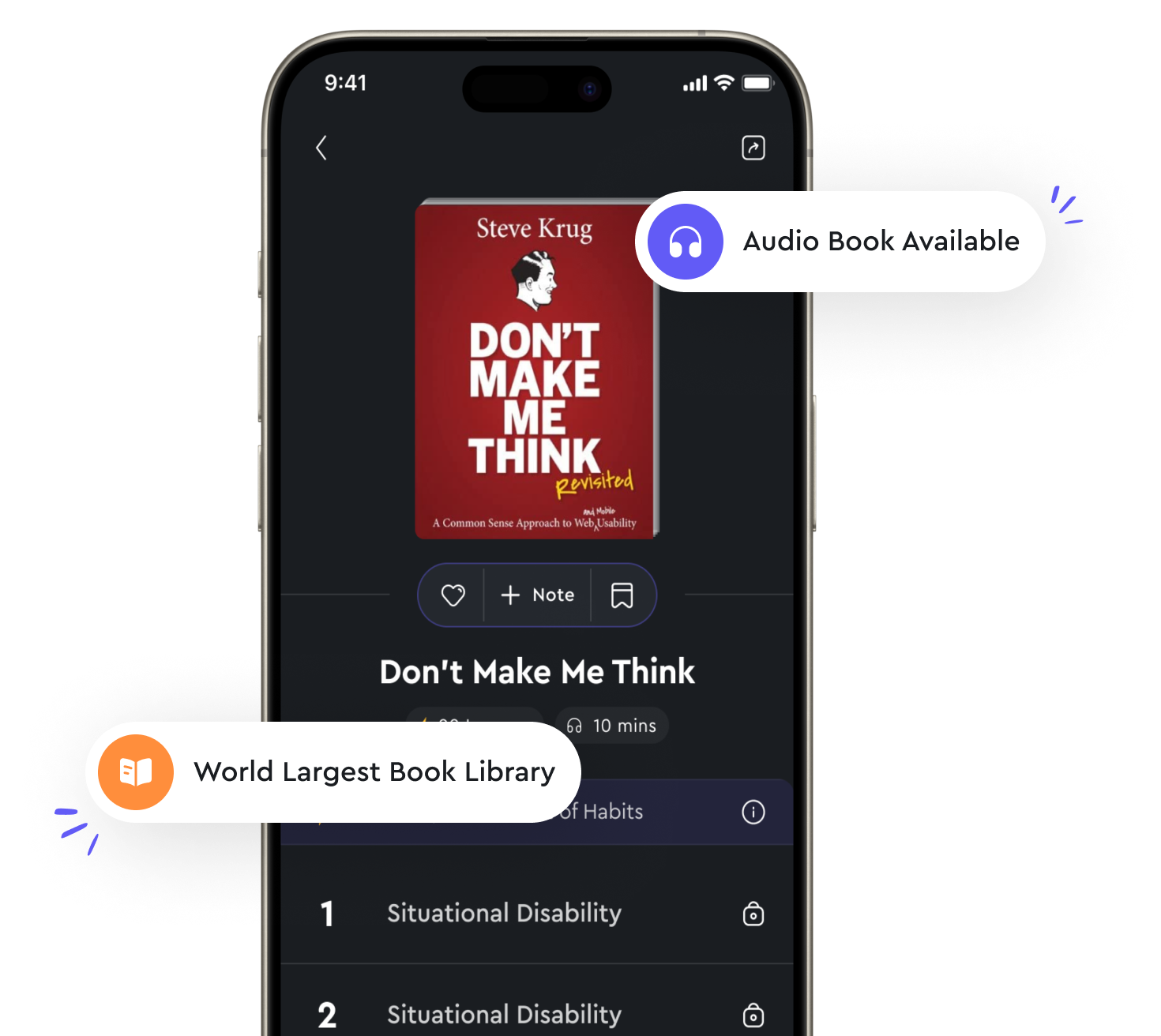Audio available in app
images from "summary" of Presentation Zen by Garr Reynolds
Images are a powerful tool in communication. They have the ability to convey complex ideas in a simple and intuitive way. By using images effectively, you can enhance the impact of your message and make it more memorable. When using images in presentations, it is important to choose ones that are relevant to your message. The images should support and reinforce your key points, rather than distract from them. They should also be of high quality and resolution, so that they are clear and easy to understand. In addition to choosing the right images, it is important to consider how they are presented in your slides. Images should be placed strategically on the slide, with plenty of white space around them to draw the viewer's eye. They should also be accompanied by minimal text, as too much text can overwhelm the viewer and detract from the impact of the image. When incorporating images into your presentation, be sure to use them in a consistent manner. This means using the same style, color scheme, and tone throughout your slides. Consistency helps to create a cohesive and professional look, and makes it easier for your audience to follow along with your message. Furthermore, when using images, it is important to consider the cultural context of your audience. Different cultures may interpret images in different ways, so be mindful of this when selecting images for your presentation. It is always a good idea to choose images that are universally understood and resonate with a wide audience.- Images are a powerful tool in communication that can enhance the impact of your message and make it more memorable. By choosing the right images, presenting them effectively, using them consistently, and considering the cultural context of your audience, you can create a visually compelling presentation that resonates with your audience.
Similar Posts
Employ persuasive language to influence opinions and actions
The power of persuasive language lies in its ability to sway the thoughts and actions of others. By carefully crafting our word...

Body language can convey messages
Body language is a powerful tool when it comes to communication. It can convey messages without the need for words. The way we ...
Develop strong listening skills to truly understand your audience's needs
To effectively communicate with your audience, it is essential to listen attentively to their needs and concerns. Developing st...
Feedback can help improve your skills
Feedback is an essential tool in honing your public speaking skills. When you receive feedback from others, it provides you wit...
Make a lasting impact with your words
When you speak, you have the power to leave a lasting impact on your audience. Your words have the ability to inspire, motivate...
The design of the exhibit should facilitate learning
To ensure maximum educational impact, the design of an exhibit must be carefully crafted to facilitate learning. This involves ...
Encourage exploration and curiosity
The essence of creating educational exhibits lies in fostering an environment that ignites curiosity and prompts visitors to ex...
Use repetition to reinforce key points and make your message memorable
Repetition is a powerful tool in public speaking. It allows you to reinforce your key points and make your message more memorab...
Organize your thoughts logically
To convey your message effectively, it is crucial to arrange your thoughts in a logical and coherent manner. By organizing your...
Involve the audience through questions and activities
When you engage your audience through questions and activities, you create a two-way dialogue that transforms your presentation...


